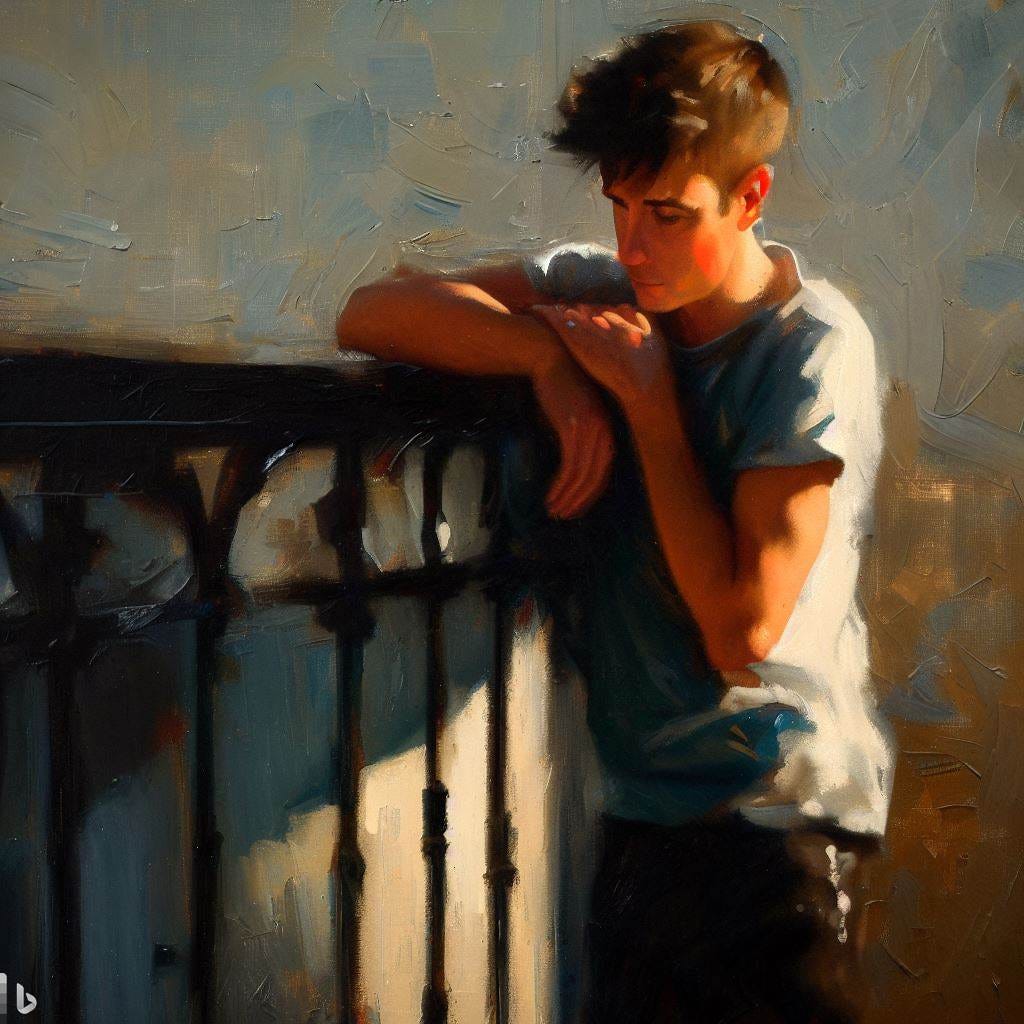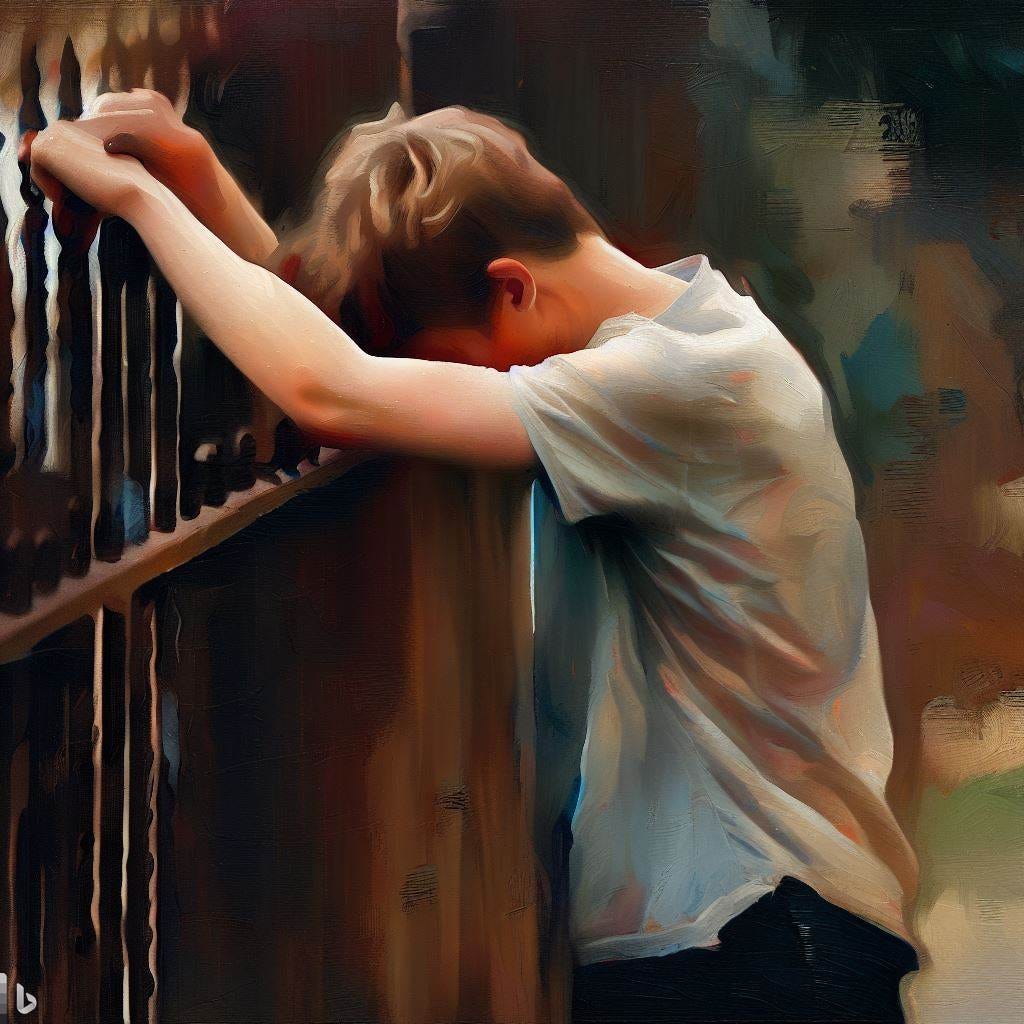Places, Real: Boston Public Garden
Personages, Historical: Katherine Gibbs
Emotions, Responses to: Crying
Reservations Recommended, Chapter 4
ACROSS FROM the Public Garden, outside the Katherine Gibbs Secretarial School, they pass a young man leaning against an iron fence, sobbing like a child. He stands with his arm against the fence, resting his head on his arm, and sobs. His shoulders shake, and he can barely catch his breath between sobs. Liz slows, seems to want to stop. Matthew clamps her arm against him and moves her along, firmly.
“He was crying,” whispers Liz. “Just standing there crying.” […]
“Maybe his sweetie left him,” says Matthew, and he doesn’t regret saying it. Let her draw her own conclusions. Let her know how much she hurt him. She should know.
The Public Garden, also known as Boston Public Garden, is a large park in the heart of Boston, Massachusetts, adjacent to Boston Common. It is a part of the Emerald Necklace system of parks, and is bounded by Charles Street and Boston Common to the east, Beacon Street and Beacon Hill to the north, Arlington Street and Back Bay to the west, and Boylston Street to the south. The Public Garden was the first public botanical garden in America. […]
In the early 20th century, baby alligators were kept in a basin near the Commonwealth Avenue entrance; they were fed live rats and mice by local residents.
Katharine Gibbs (also Catharine Ryan and Katherine Ryan) (1863–1934) was the founder of Gibbs College, which became a for-profit institution of higher education. […]
In 1910 Gibbs’ sister, Mary Ryan, enrolled in the Providence School for Secretaries in Providence, Rhode Island and became an assistant teacher at the school. The school’s owner asked Mary if she would like to purchase the school, and Mary and Katharine decided to purchase it together for $1,000 with Mary teaching and Katharine serving as an administrator. They changed the curriculum to focus on secretarial training rather than stenography and experienced great expansion at the time of World War I when many men left jobs to fight in the War. Gibbs expanded the schools to create a branch near every major Ivy League university, expanding to Boston by 1917 and to New York by 1918.
I gave Microsoft’s bing image creator these instructions: “A painting in the style of Edward Hopper: A young man leaning against an iron fence, sobbing like a child. He stands with his arm against the fence, resting his head on his arm, and sobs.”
It gave me four:
Note that bing image creator signs its work: There’s a small letter b in the lower left corner of each image.
Music up. Fade to black.
Have you missed an episode or two or several?
You can begin reading at the beginning or you can catch up by visiting the archive or consulting the index to the Topical Guide.
You can listen to the episodes on the Personal History podcast. Begin at the beginning or scroll through the episodes to find what you’ve missed.
You can listen to “My Mother Takes a Tumble” and “Do Clams Bite?” complete and uninterrupted as audiobooks through YouTube.
You can ensure that you never miss a future issue by getting a free subscription. (You can help support the work by choosing a paid subscription instead.)
At Apple Books you can download free eBooks of Little Follies and Herb ’n’ Lorna.
You’ll find overviews of the entire work in An Introduction to The Personal History, Adventures, Experiences & Observations of Peter Leroy (a pdf document) and at Encyclopedia.com.







